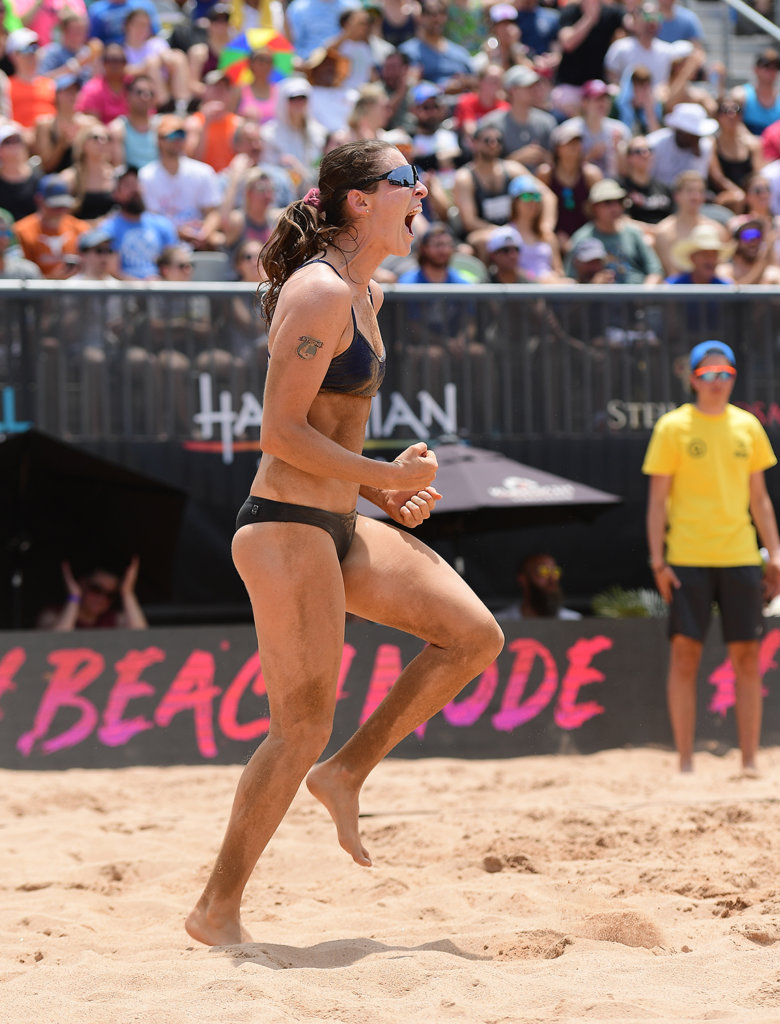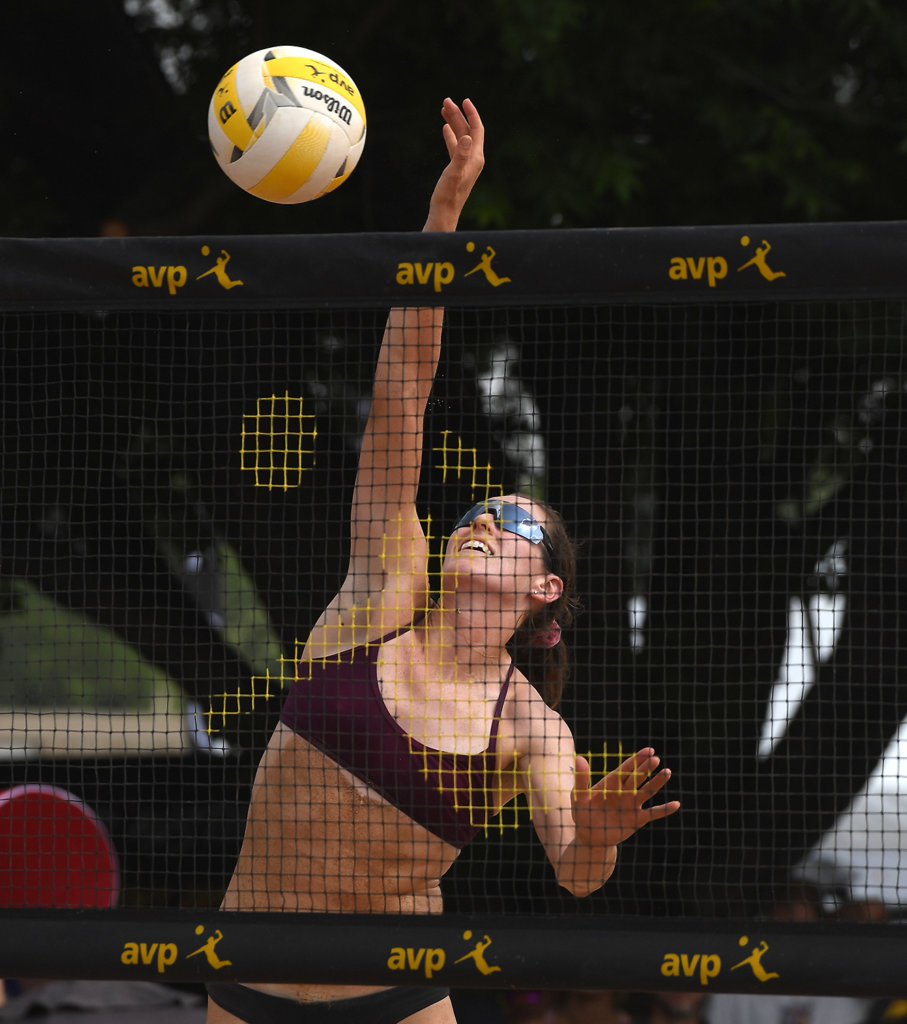NUTRITION. DIET. This is good for you! Oh no, that’s definitely not good for you. Oh, I take this and that supplement. PROTEEEEEIN. Alcohol is bad for you. Red wine is good for you. Fat is bad! Fat is good! Eat only fat! No carbs, ever. Carbs help you lose body fat!
Lol! Who can relate?
The amount of information, science, and opinions on why you should or shouldn’t eat this or that is absurdly overwhelming. Being a collegiate and professional athlete for over ten years has forced nutrition to be front and center as a core component of my ability to succeed. So, I have spent a lot of time in this sea of information trying to figure out what is right for my body. I have a degree in nutrition and I still get exhausted thinking about what is the best thing for me to eat and why. Here’s my attempt to add my voice to the excess of information already out there.
What do I eat and why?
Let me be clear – I pretty much eat everything. Except for avocados. I’m allergic to those, and yes, I know it blows. When I think about what I’m going to eat every day, I consider some core nutritional beliefs I’ve gathered over the years. Those are:
Eat Real Food.
Mindful Eating.
Glucose Levels.

Eat Real Food
This is my number one belief. Real food is food that contains minimal whole, unprocessed ingredients.
- Whole grains only! Nothing refined like white flour, or anything that says ‘wheat’ alone. WHOLE is an important part of the ingredient list.
- No added refined or fake sugar. Honey, maple syrup, etc are okay. Avoid Splenda, stevia, and corn syrup.
- Locally, thoughtfully raised meat (when possible). Limit processed meats.
- Dairy products (unsweetened)
- Fruits and vegetables
- Nuts and seeds
If it comes in a package, think twice about it. Now that being said, I’m an athlete and always traveling so there’s a time and a place for snacks, bars, etc. When making those decisions, read your nutrition labels – are all of the ingredients real food?

Mindful Eating
There are a few components of mindful eating.
- Remove distractions.
First, learning to pay attention to both when you’re eating and what you’re eating. As an athlete with multiple jobs and responsibilities, I have a pretty poor history of running around shoving food in my mouth between training and coaching without really thinking. A few years ago, I was introduced to the concept of mindful eating, that is, no distractions. A recurring theme in our current culture is multitasking and maximizing time. To do this, people glorify eating while working, watching tv, driving, etc. But when we do this, we lose touch with our body’s signals. We lose the ability to truly taste and enjoy the food we are eating. Don’t get me wrong – I realize it’s not realistic for everyone to drop everything every time they eat. But try it some time. It helps me enjoy my food, eat only until I’m full, and connect with my body.
- Slow down!
This gives your body time to respond. If, like me, you are used to eating while doing many other things, try having a bite here and there. If you have the time, sit and slow down. Give your body a chance to catch up.
- Pay attention post-meal.
Now that you’re slowing down, your mind can respond to your body’s clues after you eat. Did you feel energized after? Tired? Moody? Sick? When I learned to pay attention to what my body was telling me, I was able to add in more food that made me feel energized and good and remove the foods that didn’t serve me (except for occasional indulgences!).

Glucose Monitoring
Everyone knows that sugar gives you a rush and a crash. Sugar is one form of glucose, but glucose is not inherently ‘bad’ for you. It’s your body’s main source of energy! Any kind of carb/starch has glucose – even veggies. Learning how to utilize glucose has been key for me as an athlete to learn to maximize my health and performance. Growing research shows the connection between glucose spikes or non-spikes and your health. This year I had the opportunity to get real-time glucose feedback with a company called Levels Health, who provided me with guidance, a continuous glucose monitor, and lots of experimentation. Here’s what I learned.
- Everyone is different.
Not every body responds the same way to the same food. So while I learned that my morning oatmeal was spiking the heck out of my glucose (and subsequently causing a crash of energy), AVP athlete Sarah Schermerhorn also had the same morning oats and was steady-Eddie. The biofeedback was awesome to learn how I respond, and how I can use that knowledge to help me perform. Do I want to crash right before I compete? Uhh, no. So the next step was learning how to round out those spikes.
- Fats and Protein change everything.
Let’s go back to those morning oats. Add some peanut butter, chia seeds, pecans, hemp seeds (fats and proteins), and all of a sudden my glucose leveled out. Protein and fat help level out spikes. Pretty cool!
- Timing matters.
Eating my oats slower had a crazy impact on the spike I saw from morning oats. Like I mentioned with mindful eating, eating slower can have a huge, positive impact on your health. Timing of the day impacted me, too. I noticed that eating carbs later in the day had less of a spike than first thing in the morning (a common trend).
Utilizing the Levels Health platform allowed me to do some specific research on my glucose levels, but having a continuous glucose monitor or not, paying attention to spikes and drops in energy can give you clues to how your body is responding to what you are eating. Check out their website for more info.
I still to this day am exploring what works best for my body. One of the main things I’ve learned is that I can eat anything. But my journey has helped me learn to listen to my body to understand how food make me actually feel.